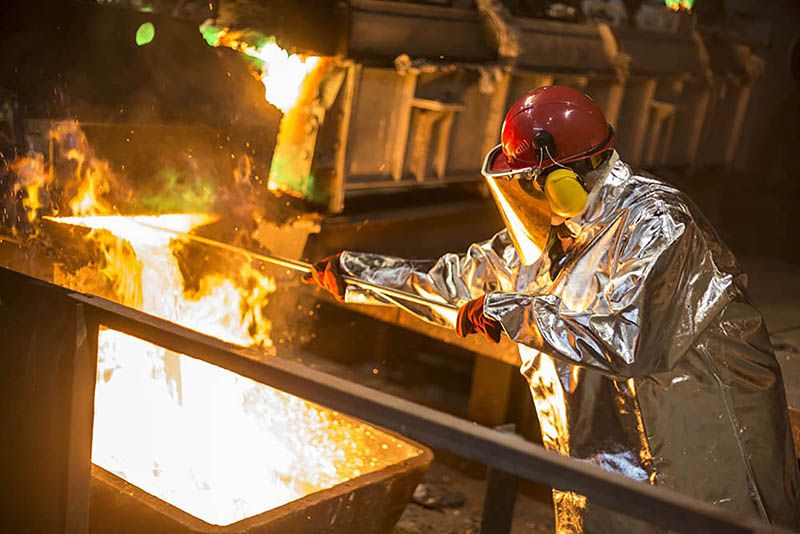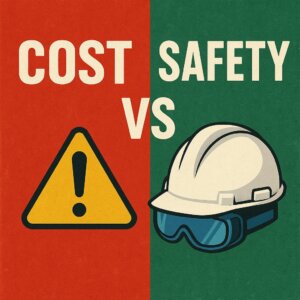Personal Protective Equipment (PPE) is a crucial aspect of workplace safety. It not only prevents injuries but also plays a key role in improving productivity and fostering a safety-driven work culture. Different industries have unique PPE needs, each based on the specific risks their workers face.
PPE protects employees from a wide range of hazards, including physical, chemical, and biological risks. By investing in the right PPE, businesses can minimize workplace accidents and enhance overall performance. As the market evolves, smart PPE technologies are reshaping the future of workplace safety, offering real-time insights and proactive protection for workers.
Industry-Specific PPE Requirements
| Industry | PPE Types | Main Functions |
| Construction | Helmets, high-visibility vests, protective footwear | Protect head, increase visibility, prevent foot injuries |
| Manufacturing | Protective gloves, noise-reducing earplugs, safety goggles | Prevent hand injuries, preserve hearing, protect eyes from debris |
| Healthcare and Medical | Gowns, face shields, masks, respirators | Prevent exposure to infectious diseases, protect respiratory health |
The Impact of PPE Investments: Real-Life Examples
Investing in high-quality PPE not only improves safety but also boosts employee morale and productivity. For instance, a construction company that upgraded its PPE saw a 40% reduction in injuries and a 30% increase in overall productivity. The investment also helped create a culture of care, making employees feel more valued and secure.
A manufacturing firm that introduced smart PPE devices—such as helmets with sensors and gloves that track fatigue—reported a significant reduction in heat-related illnesses and an increase in efficiency. This integration of technology demonstrates how PPE investments can drive both safety and business outcomes.
The Future of PPE: Embracing Smart Technologies
The future of PPE lies in the integration of smart technology. Wearable devices, like helmets with built-in sensors and vests that monitor vital signs, offer real-time data that help ensure workers’ safety in hazardous environments. These innovations allow for quick interventions when needed, increasing protection and preventing accidents before they happen.
Smart PPE also improves operational efficiency by providing feedback on environmental conditions, worker fatigue, and other safety-related factors. This proactive approach is not only safer but also more cost-effective in the long run.
Smart PPE Market Growth
| Year | Market Size (Billion USD) | Growth Rate |
| 2020 | 6.1 | 10.9% |
| 2021 | 7.0 | 14.8% |
| 2022 | 8.0 | 14.3% |
| 2023 | 9.2 | 15% |
| 2025 | 12.0 | 14.3% |
Key Takeaways:
- PPE is essential for reducing workplace injuries and improving employee productivity.
- Different industries, such as construction, healthcare, and manufacturing, have specific PPE needs based on the unique risks they face.
- Investing in high-quality PPE not only improves safety but also boosts employee morale and overall company performance.
- Smart PPE technologies are revolutionizing the industry by providing real-time insights and proactive protection.
Interactive Element:
We’d love to hear from you! How do you currently approach PPE selection in your workplace? Do you have any innovative PPE solutions you’ve implemented? Share your thoughts in the comments or get in touch with us to learn more about how we can help you meet your PPE needs.








